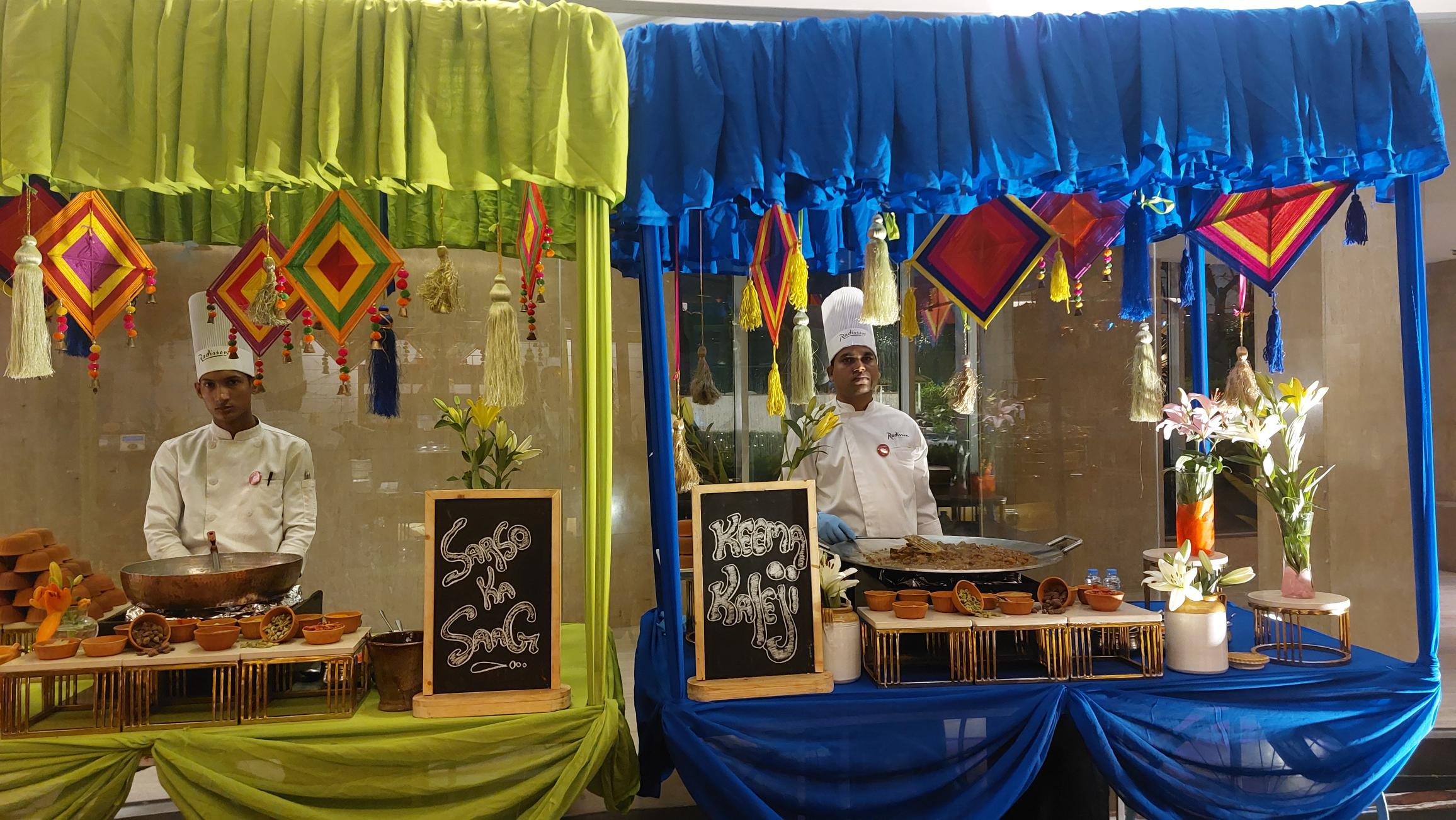Using Artificial Intelligence to ensure that garments are designed to minimise waste of fabric is a college student Ashwini Deshpande’s dream
EVERYTHING MAN-made has an ecosystem of its own. Be it a pen, a computer, a garment, a container, a book: all these items interact with the natural environment with repercussions far from our imagination
Part of the quest to fight climate change is to understand this cycle beforehand and know what we are up for with every step we take towards a fabricated life. This includes fixing processes we have been habituated to for ages. This, precisely, is what Ashwini Deshpande, a Bangalore girl, decided to do as part of her college education in fashion design and development.
Deshpande was interested in art and design since her formative years, although she concluded her senior school with science subjects. “Fashion is a way of expressing yourself and the potential it holds to influence society is huge, so that excites me,” says the undergraduate student at London College of Fashion, intending to explore sustainability in a way that has an impact.
This drive led her to collaborate with Microsoft in Redmond and Silicon Valley where she was invited in the summer of 2019 to work on her zero-waste application that utilises Artificial Intelligence (AI) to minimise wastage at the production level of a garment when its pattern is cut. Her tool, ‘Art-Z’ is essentially a digital tool that uses machine learning to cut down on wastage of fabric that takes place when a garment is made.
She explains, “In the paper ‘How AI can enable a Sustainable Future’, published by Microsoft in association with PWC, there’s the following statement: ‘…each past industrial revolution has borrowed from the future to pay for the present by achieving economic growth through the degradation of our planet’s health. Today’s technological revolution must break this pattern, and for the first time, deliver sustainable economic growth.’
There certainly is a revolution in fashion that addresses our most immediate needs. In Deshpande’s understanding, technology has made fashion production faster, cost-efficient and democratic with the insurgence of fast fashion. It is all these things that reflect our position as a society and how important material gain is for all functioning industries, including fashion. This race towards achieving financing goals has made life on the planet more unsustainable and this is where project Art-Z takes a stand, forging a tool to diminish the impact of fashion on the environment.
Softwares like Gerber, Lectra and Optitex are widely used in the industry that help plan patterns at big garment manufacturers. Regardless, the sector still adds 60 billion square metres of fabric into landfills, which is as vast as 15% of the global fabric production in a year. Art-Z as a software utilises AI to design zero waste garment patterns in a way that they can be laid out much more efficiently while also keeping the designer’s aesthetic.

That sounds like a dream for the fashion industry. For those who do not understand how AI works, the tool is capable of learning the designer’s unique expression as a creative and suggest as many as a million design options to choose from, that severely cut down on waste. It is like having an assistant designer who understands the brand’s vision but also has the skills required to design garments that makes use of the entire expanse of a fabric, or at least most of it.
“Art-Z can be used standalone or can be a plug-in for other existing lay planning software that can take an extra step design-wise to increase efficiency significantly”, adds Deshpande, who is also a Bharat Natyam dancer.
A project like this is one of a kind, a clever collaboration between design and technology that can considerably bring down textile waste for garment manufacturers. Ashwini is currently working on turning this project into a full-fledged business. According to her, zero-waste design has been studied extensively but is presently not a widespread practice as it is very complex and manual. Art-Z as a tool will ensure that it is made accessible and straightforward.
To develop a tool like this came with its fair share of challenges as AI is not usual coursework at a fashion school. However, her education at LCF, a top institute for fashion design, bridged that knowledge gap. “As someone who has never coded before nor worked with AI, I was unsure of how the software would work. My mentors from LCF, the Fashion Innovative Agency and Microsoft, amongst others, helped me get a better understanding of technology,” recalls Deshpande, who also used assistance from her friends in India who study computer science and her father, who is an engineer. According to her, discussing her project with these people helped.
“I also read a lot about zero waste design and technology and took up a course on AI in fashion, which taught me the basics of coding, and much more. I think it finally all comes down to having the right mentors in both fields and doing your best to understand as much as you can on both ends of the spectrum. Never feel limited by your background or what you don’t know yet.”
While climate change remains a global phenomenon for every industry is partly responsible, greater awareness amongst people regarding their consumption is crucial and according to Deshpande, it is critical and is increasing. “The government has a huge role to play. Policies need to be made to encourage sustainable business practices and rules must be put in place and, more importantly, followed so that the poor, vulnerable people are not taken advantage of and the environment is cared for. Shoppers need to be made more aware and need to change their shopping habits. We set the demand as consumers, so let’s make a stance for sustainability,” adds Deshpande.
While manufacturing sustainably has its own merit, longer life for a garment is a big yes for the designer. A person should be able to style, alter, repair, pass, swap, upcycle and whatever they can in their capacity to extend the life of a piece of garment. Buying pre-owned clothes is another way to reduce the industry’s carbon footprint that exceeds that of aviation and maritime combined.
On asked about her future plans, Ashwini conveys her openness for any interesting opportunities that may come to her in future. There’s still more than a year left for her to finish college, but once she does, she wants to return to Bangalore and build a practice on integrating fashion, technology and sustainability, the three things she loves the most.
She has one piece of advice for students who wish to develop their practice around sustainability and that is to read all kinds of literature available that is relevant to one’s line of work. They must speak to different stakeholders within and outside their community and identify a community of people they can work with. “Inspire each other and remember that you’re fighting for the Earth and for humanity. Nothing matters more in the world today,” she adds.
Currently, she is working on registering Art-Z as an intellectual property to safeguard its usage for her startup. With time, she looks forward to making her project more relevant for a variety of users. For example, the next step is to test the minimum viable product and use feedback generated to improvise the application.
“More people are talking about sustainable fashion than ever before. However, due to the economic model of the world we currently live in, overconsumption is a huge issue and that doesn’t seem to be changing at more than snail’s pace. We still have a long way to go, but there is certainly hope with all the amazing initiatives out there today” concludes Deshpande. ■





